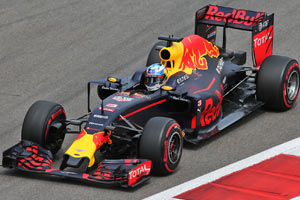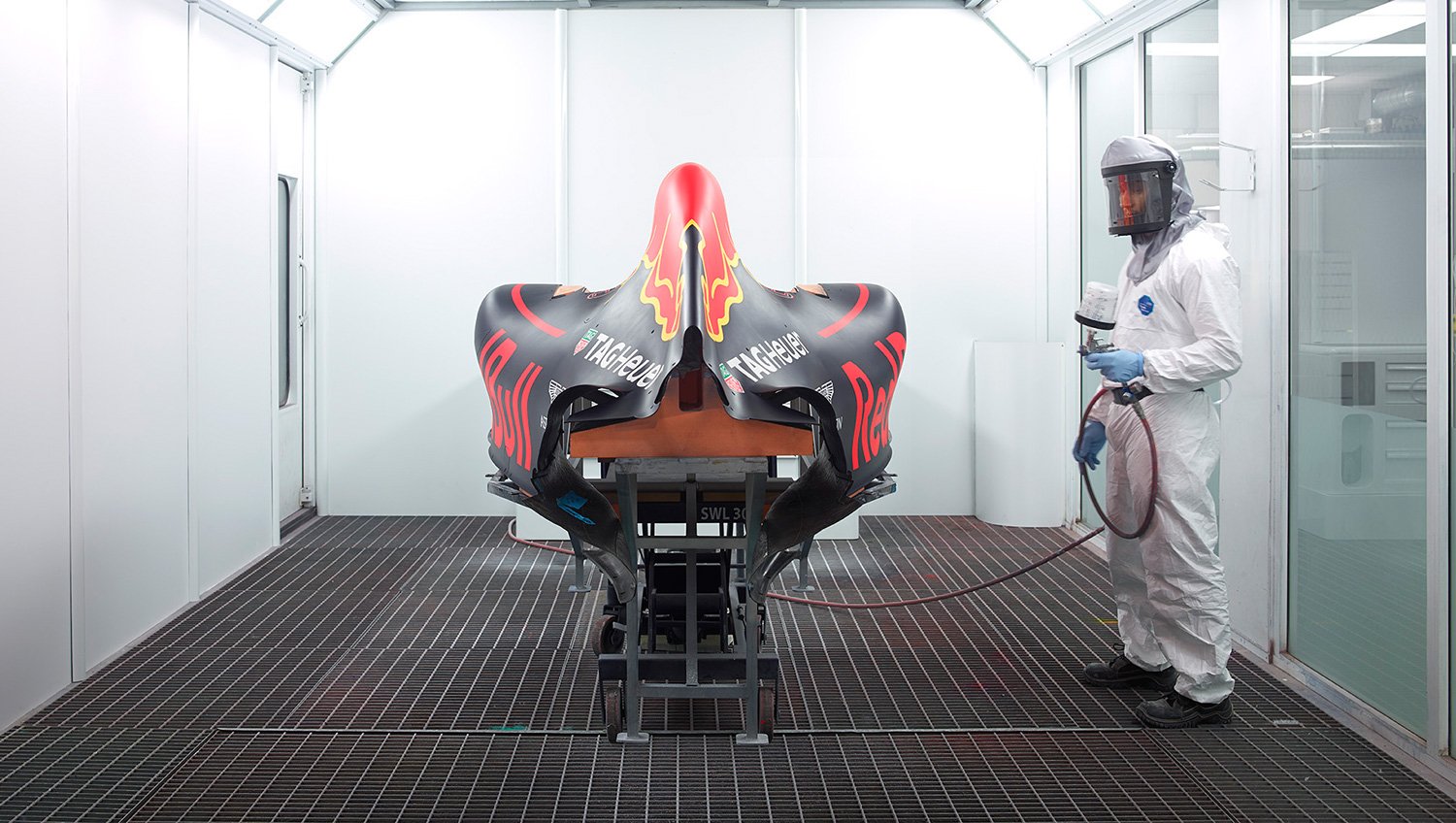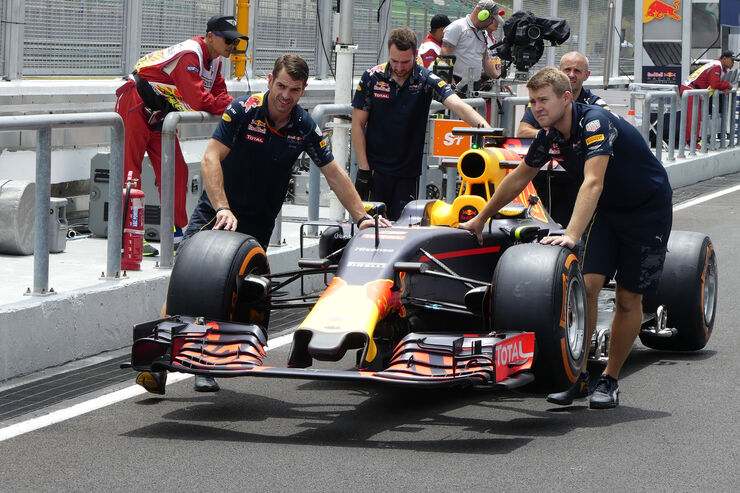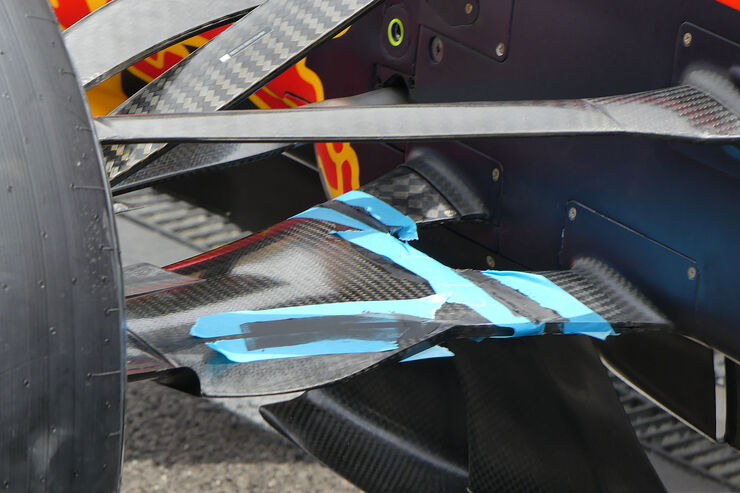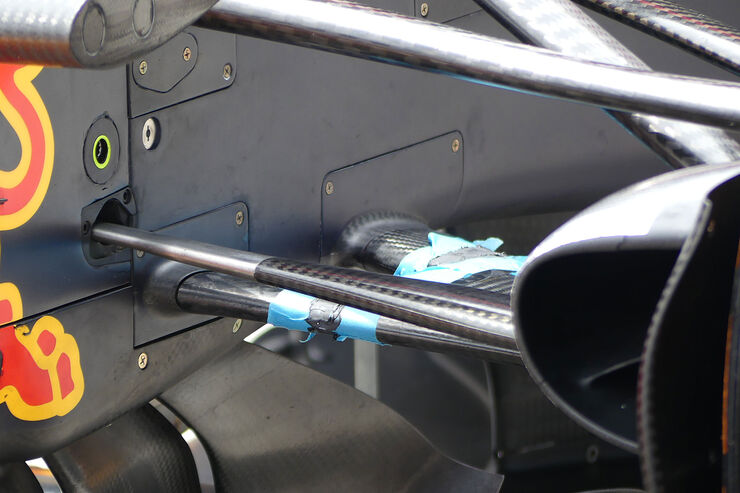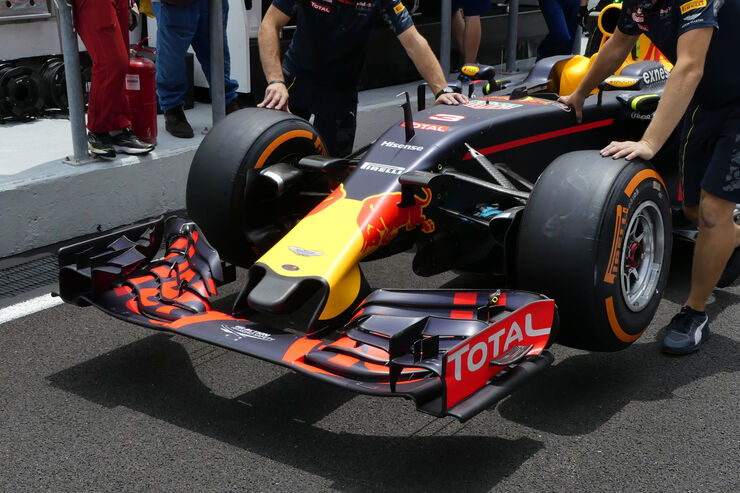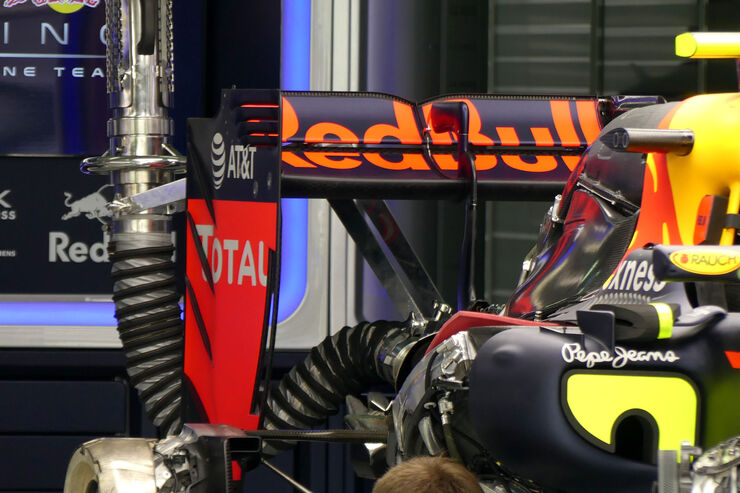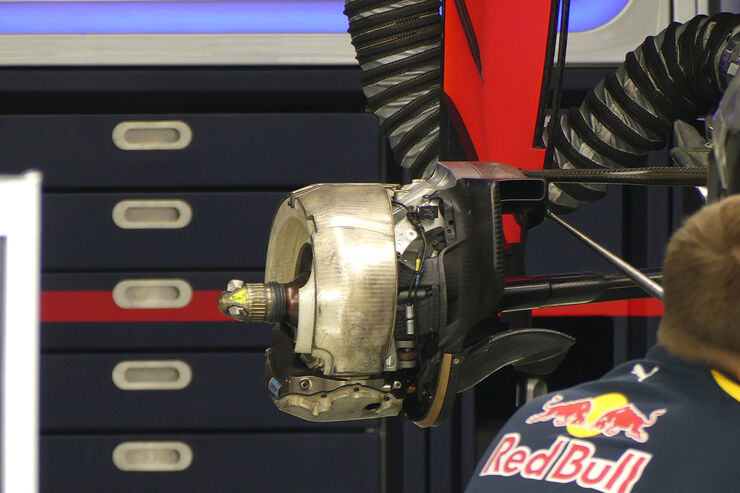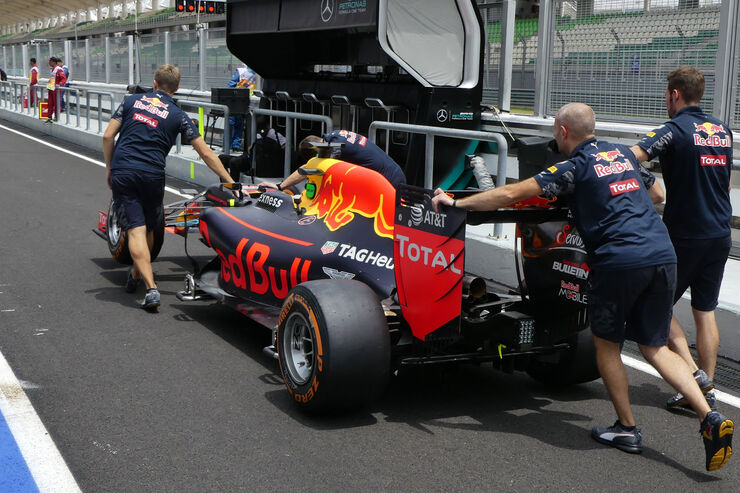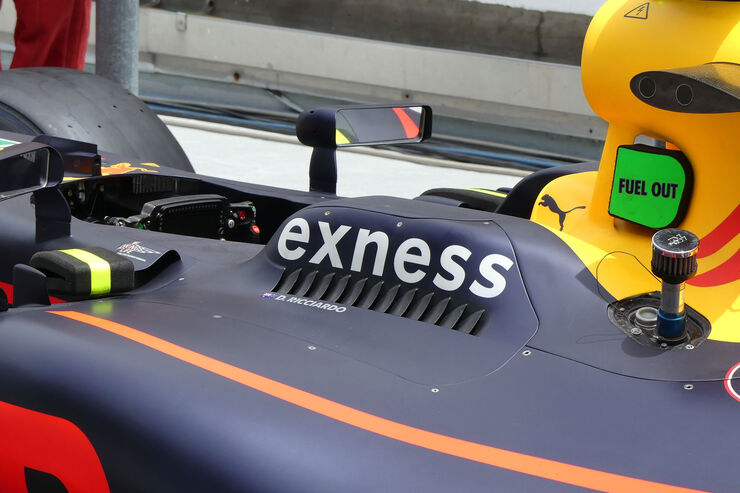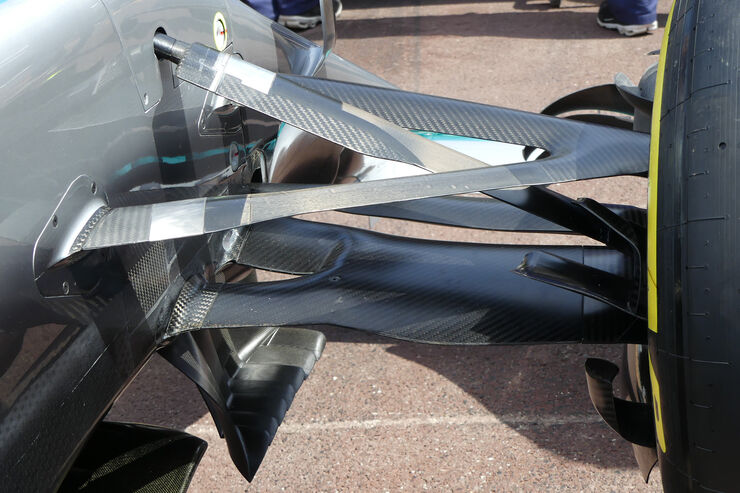You completely missed the point of my entire post. You made the point that, " the car's downforce is proportional to the square of the car's speed." which is actually wrong as well. Drag is considered more proportional to the cube of the speed not the square.Muulka wrote:None of that is inherent to the method of producing DF; the changing properties of the aero parts Under different conditions experienced through a lap. is very carefully controlled through the many, many setup tools which are available (for instance, the clever hydraulic suspension systems can be adjusted a great deal to better orient the car's aero. . There is nothing at all about a diffuser which makes it inherently more efficient at different speeds.trinidefender wrote:This would be more true if a car was rock solid. Unfortunately it isn't. The rear of the car squats at speed changing the drag and downforce values of the rear diffuser. The squatting also decreases the angle of attack on the rear wing reducing drag and downforce. The front wings flex, even though the rule makers try their hardest to stop this, which again changes drag and downforce values.Muulka wrote:
Totally incorrect- all the car's downforce is proportional to the square of the car's speed. Doesn't matter if it's underbody or aerofoil lift, it all increases the same way. The reason you don't get high- and low-downforce floors is that the floor DF is much more efficient in terms of drag- you wouldn't gain much straight line speed from having a worse floor, but you sure would lose an awful lot of grip. The rear wing has a much bigger effect on top speed, and as such that is the component they change to adjust the overall level of downforce.
Secondly when a team runs a smaller rear wing it will have less of an effect of the diffuser slightly reducing its effectiveness. So therefore running a smaller rear wing has a similar effect to changing the floor.
Thirdly, about having a "low downforce floor/diffuser," the teams can tune their diffuser with rear ride height, rake angles and how much they allow their car to squat under certain aerodynamic loads.
As for the interactions of the different components, that is very much a second-order effect. And besides, the vast majority of that interaction is independent of speed.
So this theory boils down to looking at things which are either second order to second order effects or tunable parameters.
My point was not arguing what is more efficient or less efficient. My point was that you can't simply say that drag always scales like that. I was saying that the car squatting at speed changes the Cl and Cd numbers at the diffuser and rear wing versus if the car didn't have suspension and the ride height and rake of the diffuser and angle of the rear wing didn't change. Or if the front wing didn't flew at all.
You are thinking in theoretical models, the problem is that in reality as the car squats it will change the cars drag for that speed vs a car that didn't squat.

